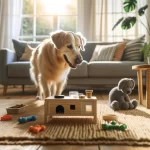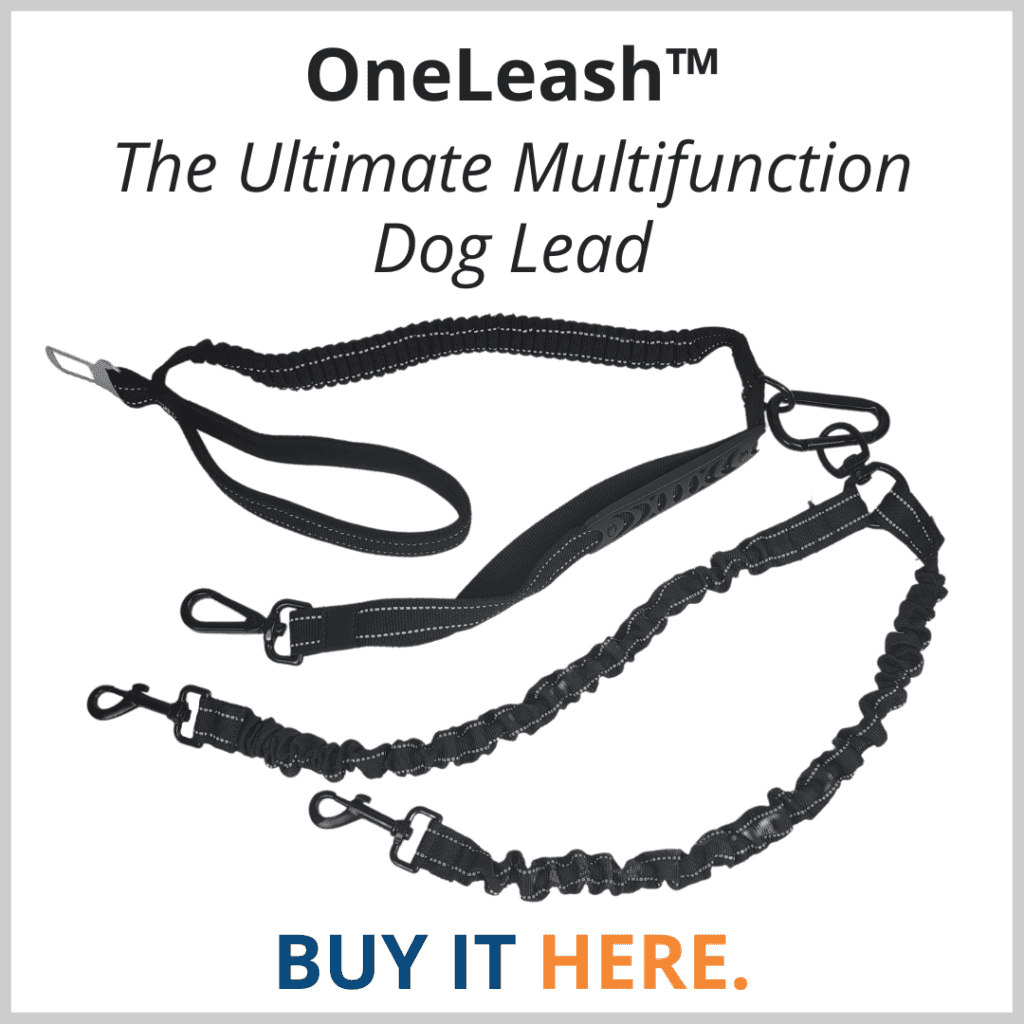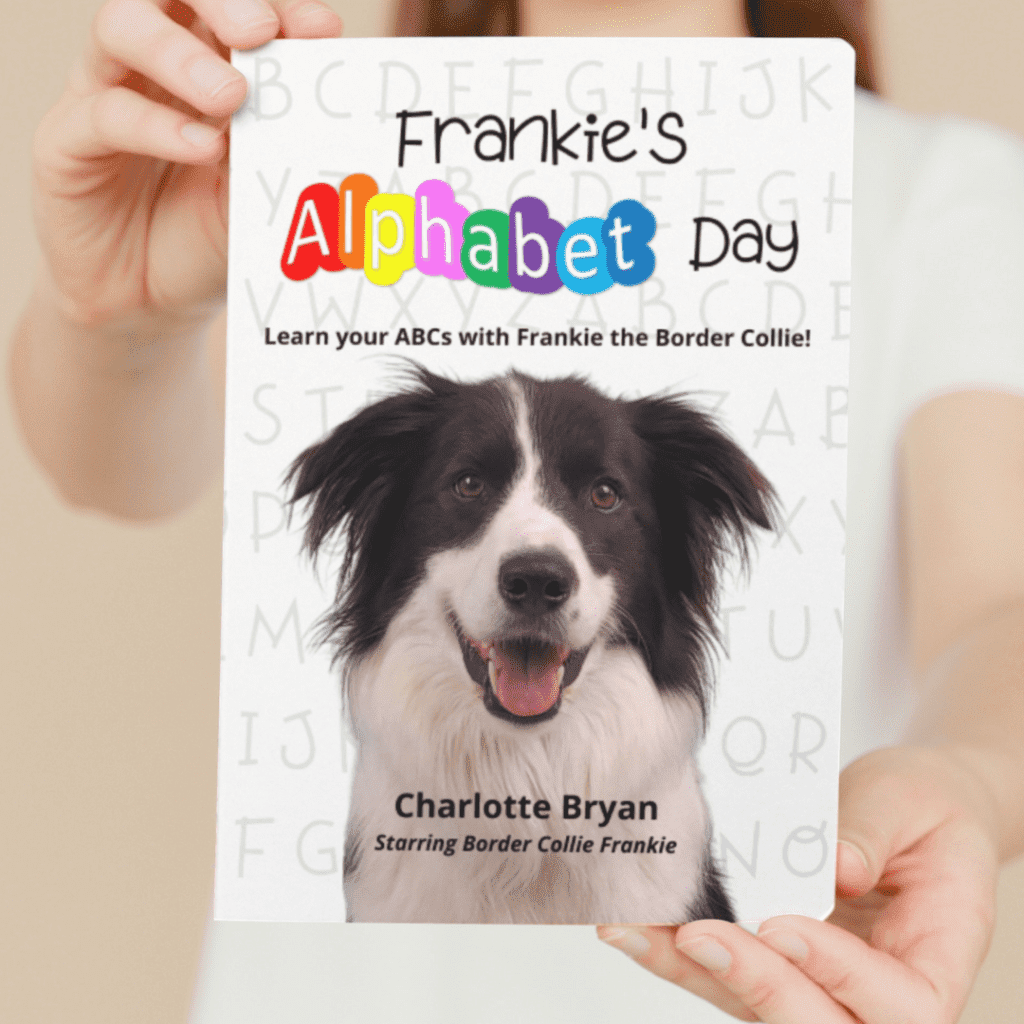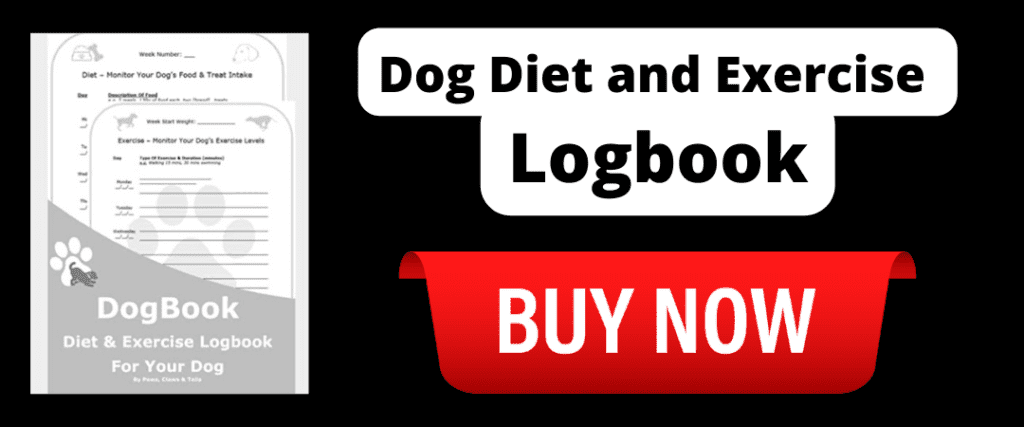Why is it actually important to start training your puppy early? And what’s the best age to start?
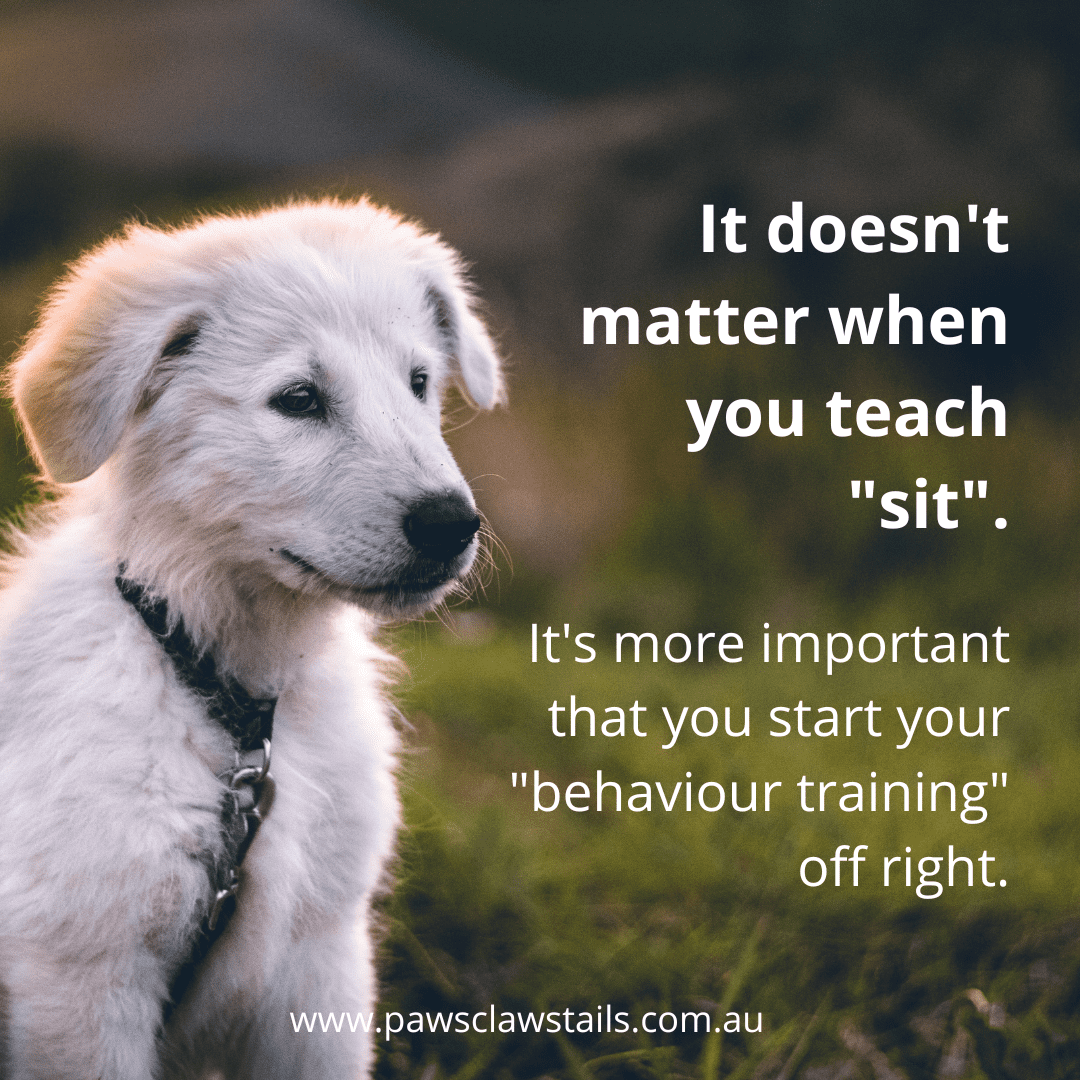
Admin
Published On Jul 21,2022
In this article, learn the difference between the two types of puppy training (yes there’s two!) and how you can get your puppy started off right!
Early puppy training is very important to ensure that your puppy grows into the confident, well rounded adult dog that you want. But what age should you start actually training your puppy?
There are two types of puppy training
When it comes to training your puppy, you need to be aware that there are two types of training; trick training and behaviour training. But the difference between these two types of training isn’t as obvious as you might first think.
The difference between these two types of puppy training
Now you might hear the word “trick” and your mind jumps to a “more obvious” party trick like high five, spin in a circle or roll over. But these aren’t all. In my book, a “trick” is “any command or cue or word you give your dog that is followed by an action” – that is, when you verbally (i.e. with a word) or visually (i.e. with a hand signal) tell your dog or puppy to do something. So if I told my puppy to sit, I’d consider that a trick because I’ve told him to do it and same goes with “lay down”, “stay” and “come” and any other commands involved in “obedience training”.
Now, the other type of training you have when it comes to training your puppy or dog is what I call “behaviour training”. And I like to define behaviours as “habits that your puppy or your dog has developed and displays based on tricks they’ve previously learned”. So in other words, tricks that your dog naturally displays or displays without you having to tell them. For instance, if your dog is off leash and keeps naturally checking in and looking at you rather than you having to actually call them.
So when it comes to trick training, I don’t mind when you start. You could start teaching your puppy these “obedience tricks” at any time, be it 8 weeks, 10 weeks, 12 weeks or 4 months. Ideally, the earlier the better but this has a smaller impact on your puppy’s overall behaviour than “behaviour training” does.
“Behaviour training” is the one you’ve got to watch out for because behaviour training starts and this habit development happens whether you want it to or not. This starts the moment you bring your puppy home. So you need to make sure that you are setting your puppy up for success from the beginning because they’re going to start learning and developing habits the minute they set foot in your home.
My Analogy For Puppy Brain Development
When it comes to understanding how habits and behaviours affect your puppy’s development and training, I like to use my clay analogy.
When a puppy is a young, I like to think of their brain as a mound of “wet clay”. Now we all know when clay is wet, you can mold it into whatever shape you want. It’s pretty easy – you’ve got a blank slate.
Now, as a puppy gets older and they grow into an adult dog, they develop habits based on what you’ve previously reinforced (either positively or negatively) and they start to get more and more set in their ways. In other words, as they get older that clay hardens and gets harder and harder to manipulate (change the shape). It gets more set in whatever shape we already had it in while it was wet.
And this is how I explain puppy brain development. If you start training nice and early, you are molding your puppy’s brain into the shape that you want by setting good habits, reinforcing desirable behaviours etc. And if you maintain this training as your puppy gets older and older, that “clay” is going to harden into that shape that you previously developed.
Everything you can affect your puppy’s development
Now, when it comes to behavior training, you need to remember that everything you do may be subconsciously affecting your puppy; including eye contact, body language cues, or verbal commands.
For instance, if you bring your puppy home and allow them to sit on the sofa while you watch TV, you’re telling that it’s the “right” thing to do. So, if you know that eventually you don’t want your adult dog sitting on the sofa with you, don’t take your puppy on the sofa and instead get down on the floor with them for your evening cuddle.
Similarly, if you want a dog that is allowed up on the sofa but only when you give them permission, set that expectation early on when your puppy is young. Before you lift them onto the couch, say “sofa” and lift them up. Then when you want to put them back on the floor, say “get off” and gently place them on the floor.
Another common example is when you come home to your puppy after being out of the house. If you are coming home to your puppy after a long day’s work and you are coming in the house with lots of energy and excitement, you are teaching your puppy to get excited and jump up whenever a person comes through the front door – because your dog is your mirror in that when your energy goes up, so does theirs. Instead you should practice coming inside the house very calmly to instill that calm behaviour while your puppy is young.
So, you can see that the subtle things you are doing with your puppy right now are going to affect their behaviour for the rest of their lives. You can see that it’s not about what you do in your 10 minute training session each day. It’s about what you are subconsciously doing for the other 95% of your day.
This video was proudly sponsored by MyMedici. If you are looking for medical health and lifestyle products shipped free throughout Australia, then visit www.mymedici.com.au and use coupon code CHARLOTTE10 at the checkout to get 10% off your next purchase.

